An expressionist and vigorous youth work with rich tones of dark red
Oil on cardboard
Signed and dated 1913 top right
Dimensions: 54.5 x 45.5 cm With frame: 78.5 x 69.5 cm
Carved wooden frame "Bouche "
An early work
Francois Eberl arrived in Paris in 1911 and began exhibiting in 1913, the date of our painting. We are on the eve of the First World War when he paints this painting.
An expressionist and vigorous painting.
A lot of strength emerges from this painting. The work is vigorous and tortured. Francois Eberl does not seek to please, he lays the foundations for his art of what he will show to the world without artifice a few years later after the Great War. Our painting is a work of research, a painting which shows the path taken by a very great painter of the School of Paris. We find the sincerity and sensitivity of the artist who has always been able to capture his female models "from the lower classes" in a realistic manner with humanity and compassion while demonstrating great modernity in his painting.
“Her daughters are sad, pensive, resigned; he senses the poetry of misfortune and renders it, a difficult task, without making his painting either boring or monotonous” René Édouard-Joseph
Bibliography
François Zdenek Eberl was born in Prague in 1887 to a family from the Catholic bourgeoisie of Vienna, Swedish and French origin. All his life, the artist never stopped painting Parisian life from folklore, from its luminous windows to the alleys of its poverty.
Like Toulouse-Lautrec, he wanted to represent all women, whom Arsène Alexandre, critic, calls his “sidewalk Mona Lisa”. He gives charisma, elegance and nostalgia to the prostitutes, their black eyes recall those of Marie Laurencin (famous French painter, friend of Modgliani and Eberl).
After studying at the Fine Arts in Prague in 1905, he traveled to Europe (Munich, Amsterdam, Stockholm), then settled in Paris in the Montparnasse district in 1911. In Paris, the young artist quickly exhibited the most famous salons Parisians. In 1919, he stayed in Montmartre and met Bohemian painters: Pablo Picasso, Maurice Vlaminck and Amedeo Modigliani. He maintains a friendship with each of them. His art was promoted by the Montmartre critical circle of Francis Carco, François Dorgelès and Pierre Mac Orlan.
In the 1920s, Eberl's career took a decisive turn. It is shown and requested, the dealer and gallery owner Berthe Weil exhibits it. He became a member of the Salon des Artistes Indépendants, was admitted to the Thélème Freemason lodge, which he decorated years later, in 1956. He acquired French nationality around 1920, and was made a knight of the Legion of Honor in 1928.
Eberl goes beyond the limits of his profession as a painter: he organizes a few exhibitions (“French art”, Stockholm) and supports his friends by putting them in touch with international collectors. The glamor of the 1920s gained its rhythm of life, the painter was part of the chic and eccentric Parisian community. Eberl surrounds himself with exotic animals (a lion, a crocodile), he drives and wins races for Bugatti. It was at this time that he established his second residence in Monaco. War rings in the heart of Europe; Eberl struggles with his protest nature as a painter, paints “Kulturkampf” to denounce the Nazi regime, retires to Monaco and joins the Resistance. He only returned to his Parisian workshop at the end of the war, remarried and settled back into the bourgeois daily life that he shared between Paris and Monaco.
He was active in the Monaco principality, organizing exhibitions, co-founding a Salon in 1954.
The painter died in his studio in 1962. He is appreciated and collected throughout the world.
Bibliography
Jean-Daniel Maublanc (preface by Louis Parrot), Perspectives - Marcel Lemar, François Eberl, Marcel Roche, Jacques Villon, Charles Kvapil, Charles Jacquemot, Pierre Bach, Julie Winterová-Mezerová, Paris, Éditions G. Girard, 1931.
Museums
Paintings have been exhibited in numerous exhibitions: Montreal Museum of Fine Arts, for “From Caillebotte to Picasso” in 2006; a personal exhibition at the Montmartre Museum in 1987 and 2002; in Bergamo, Italy for “The artists of the Parisian Salons 1850-1950”.


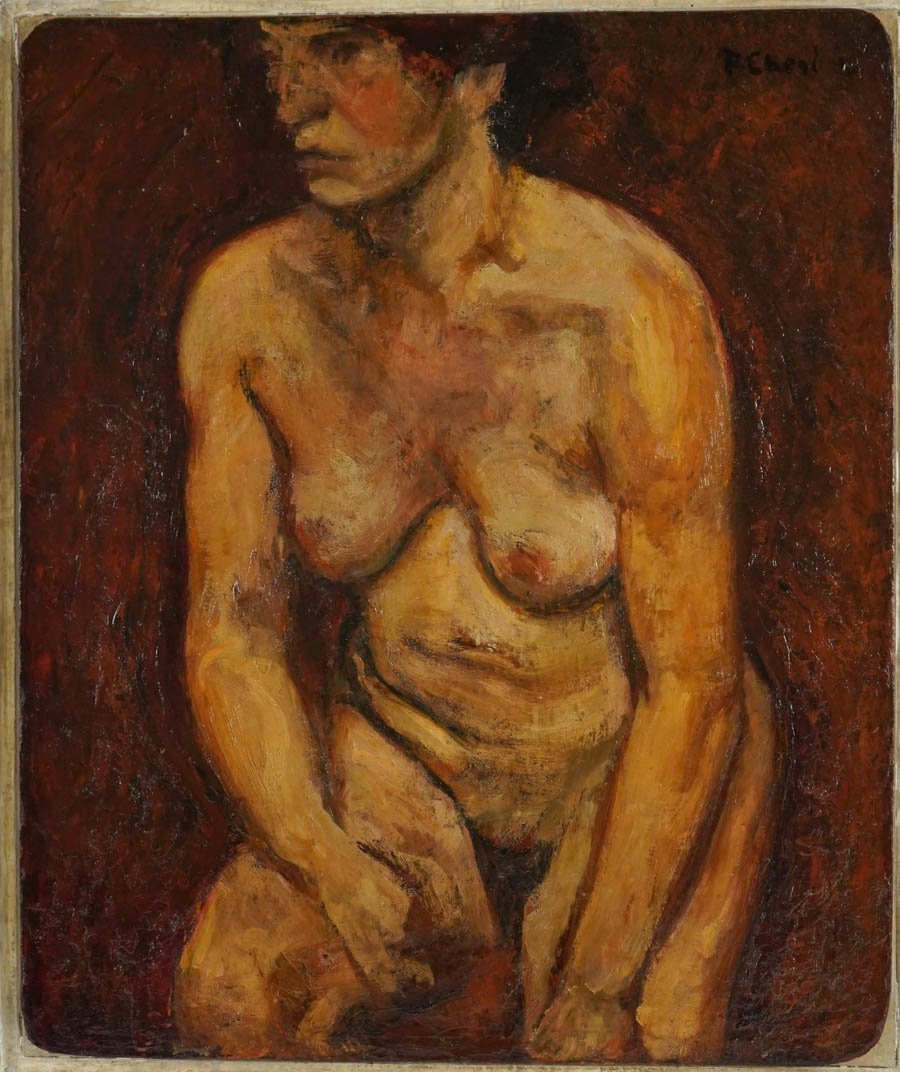
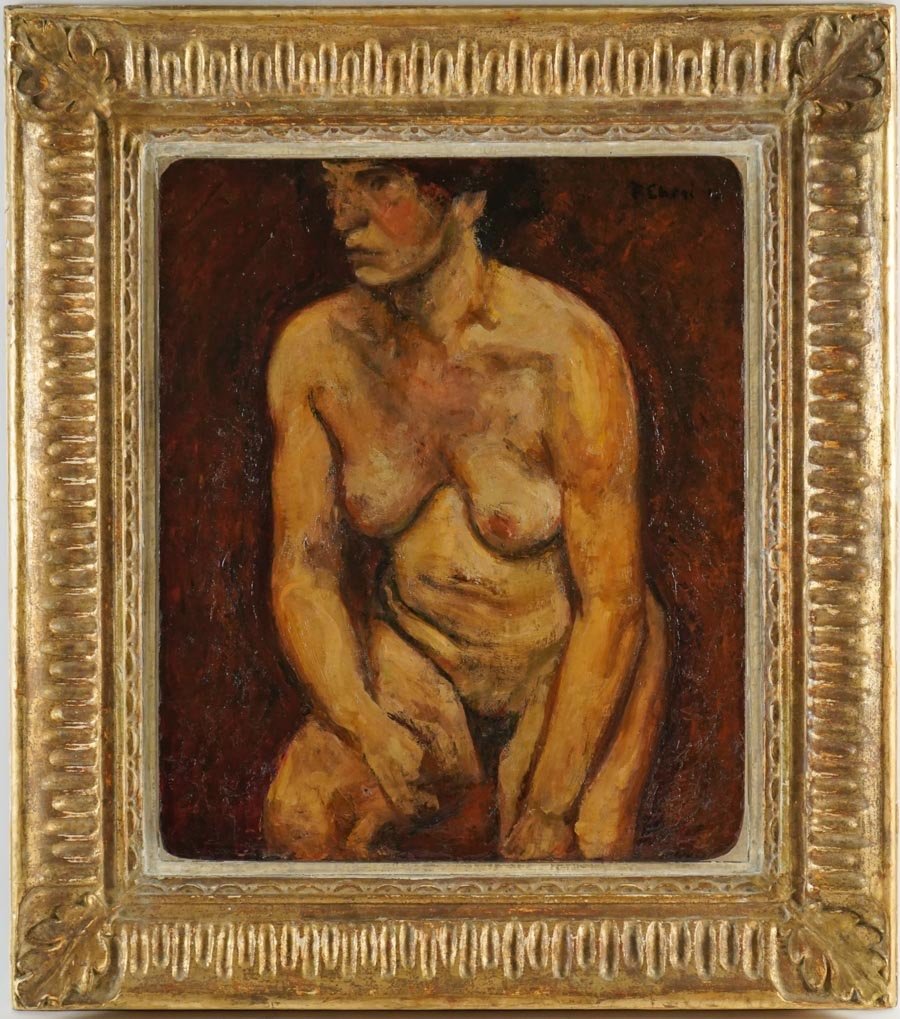
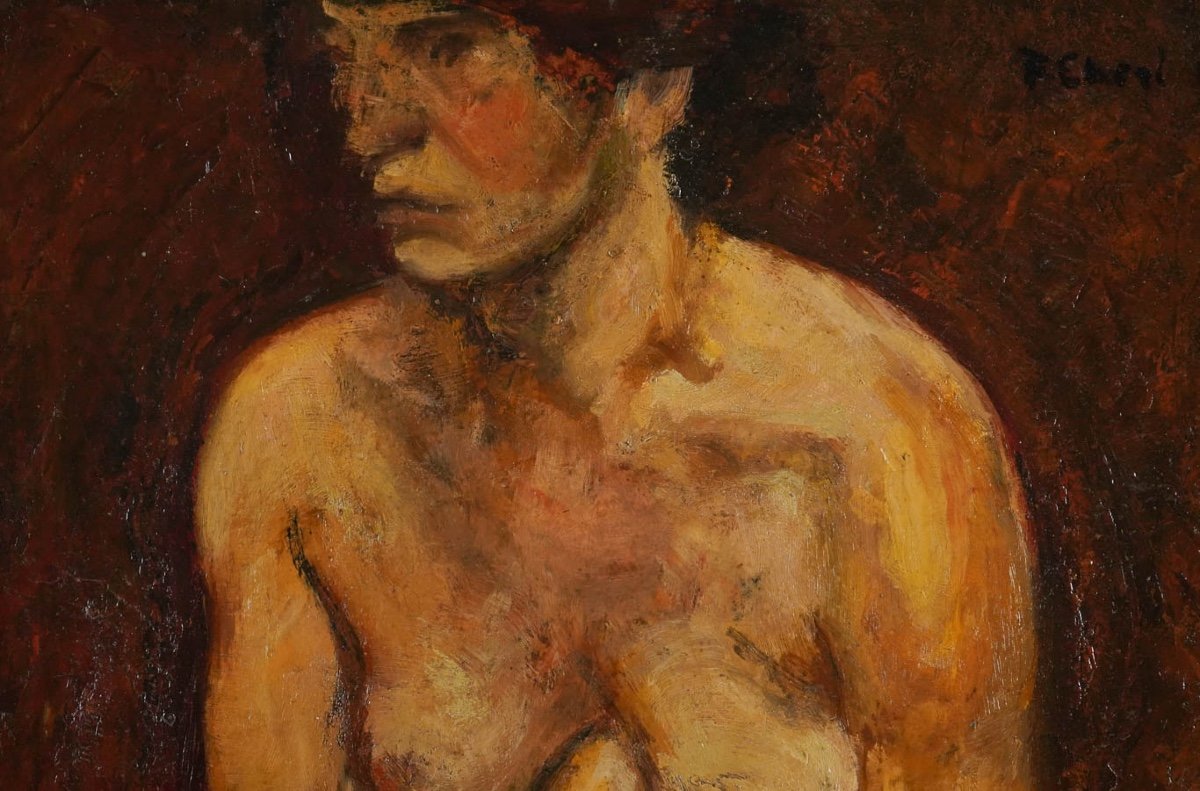
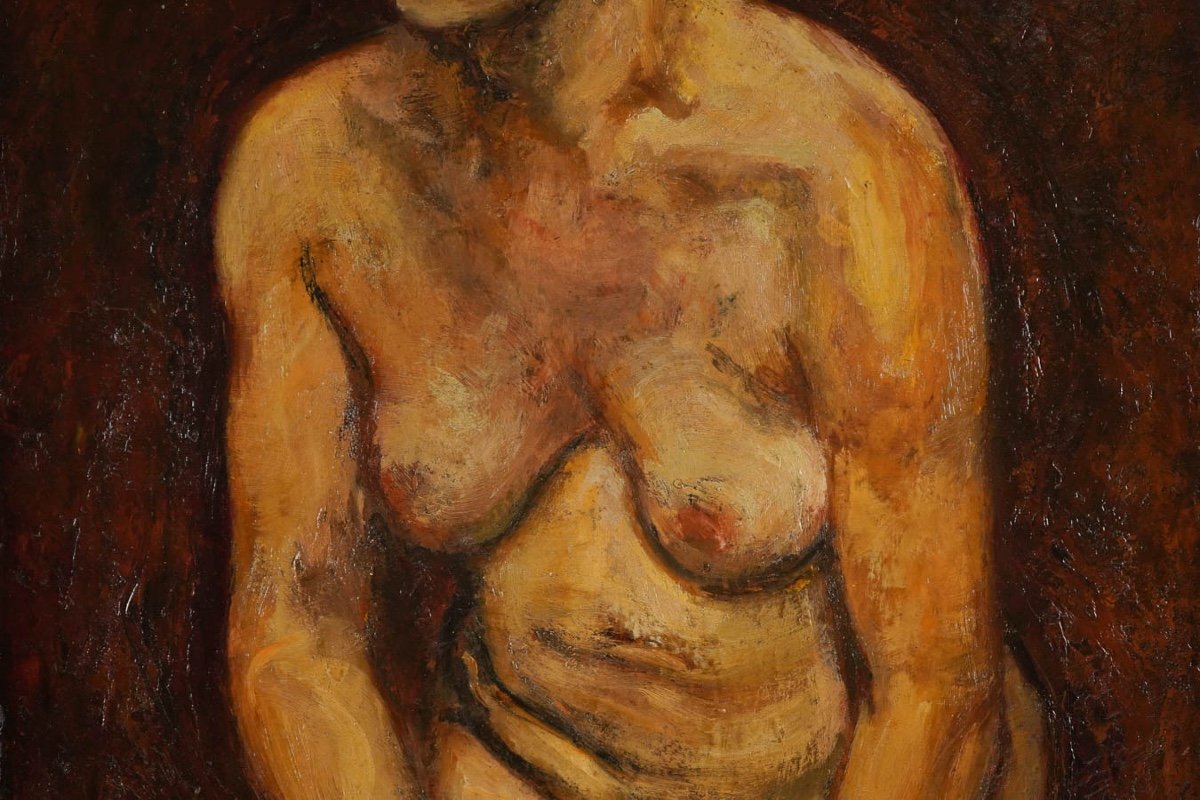





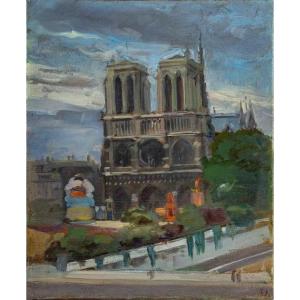



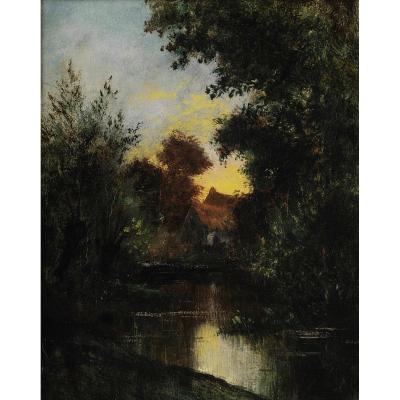

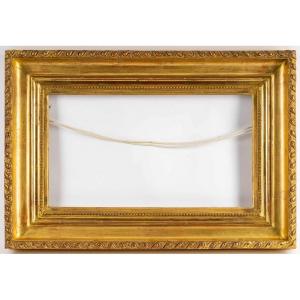
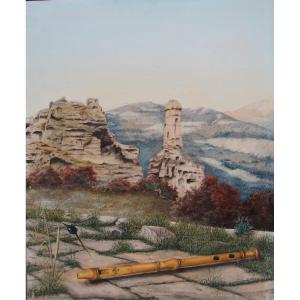
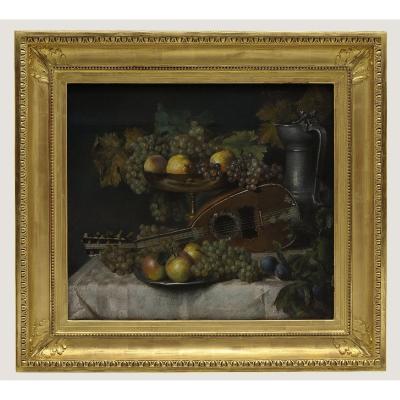



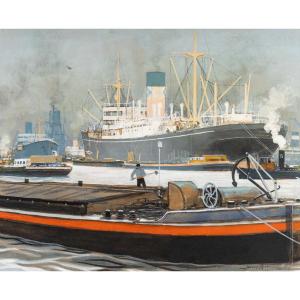
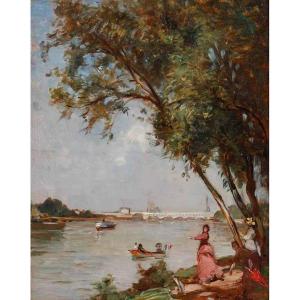
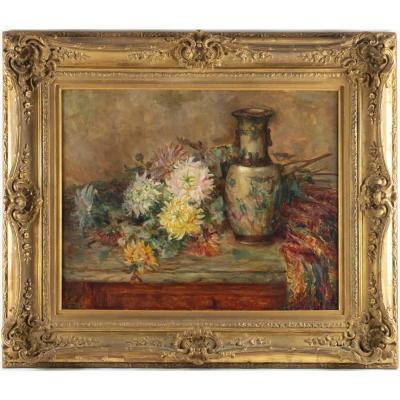
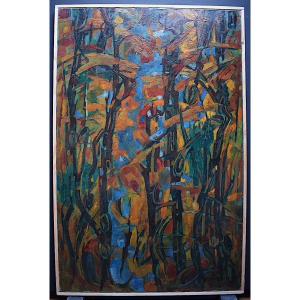

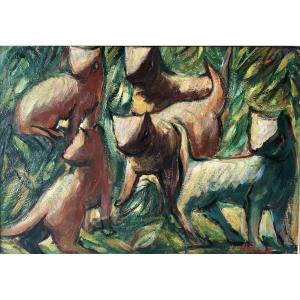
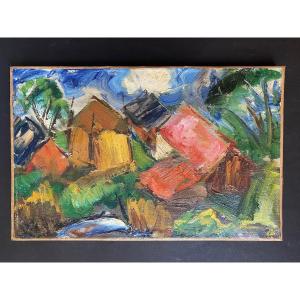




 Le Magazine de PROANTIC
Le Magazine de PROANTIC TRÉSORS Magazine
TRÉSORS Magazine Rivista Artiquariato
Rivista Artiquariato